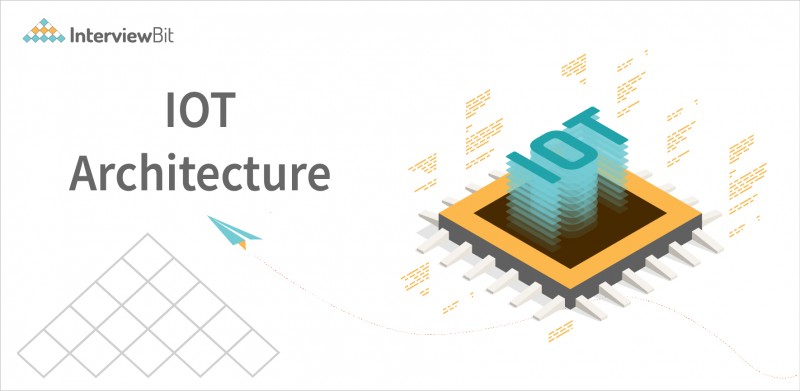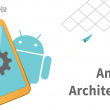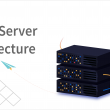As we move forward into the 22nd century, we are more likely to be connected to virtually everything that we are using for our convenience. A new wave of wearable technology is accelerating the growth of the Internet of Things (IoT). Over the last few years, IoT has become one of the hottest buzzwords, but it’s so much more. The world’s connected devices are omnipresent, from the smartwatch on your wrist, to fitness tracker bands, to smart cities, to industrial enterprises. Things now work for us, not just in science fiction. IoT promises to drive innovation by facilitating data analysis, exploitation, and management through a strong, future-proof, scalable, and secure architecture. While an IoT architecture may provide diverse solutions that cater to different industries, it strives to create an ecosystem that is cost-effective, functional, flexible, scalable, and maintainable. So, if you are interested in initiating attractive and future-proofed IoT projects, you must ensure you have efficient and well-defined IoT architecture in place.
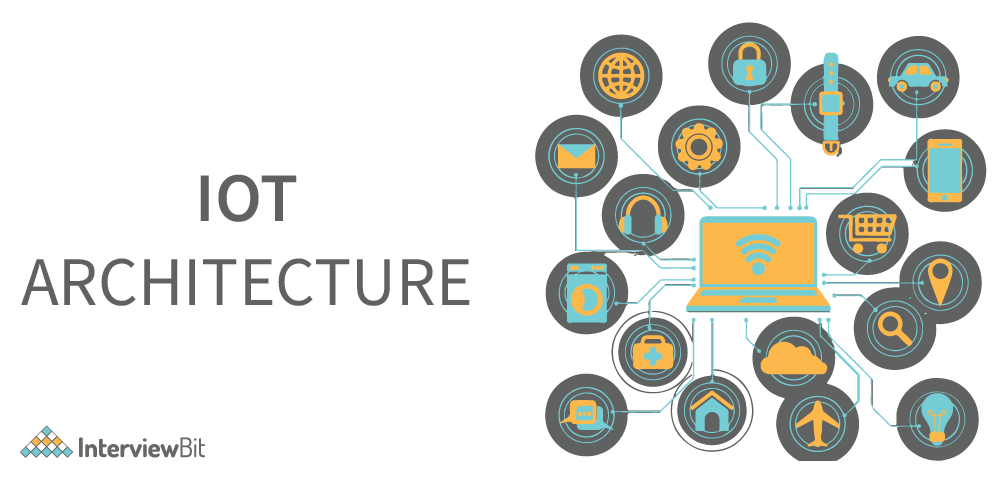
In this article, we will discuss the architecture of IoT – or the Internet of Things from layer to layer. Additionally, we will discuss the stages involved in implementing the Internet of Things (IoT). Get a glimpse behind the curtain of everyday magic.
Let us first take a quick look at what IoT Architecture is.
Confused about your next job?
What is IoT Architecture?
Currently, the IT market is full of new concepts such as data science, analytics, artificial intelligence, and the internet of things (IoT), but the question is what do these actually mean? The Internet of Things refers to the widespread interconnection of various devices, such as wearables, watches, tablets, remote controls, sensors, home appliances, and more, with people who utilize them. Specifically, the solution gathers data from a large number of devices, which is then sent to data centers and servers for further analysis which drives automation and actions. However, between your command and the achievement of your tasks, there remains an extensive and largely invisible architectural framework that relies on multiple elements and interactions.
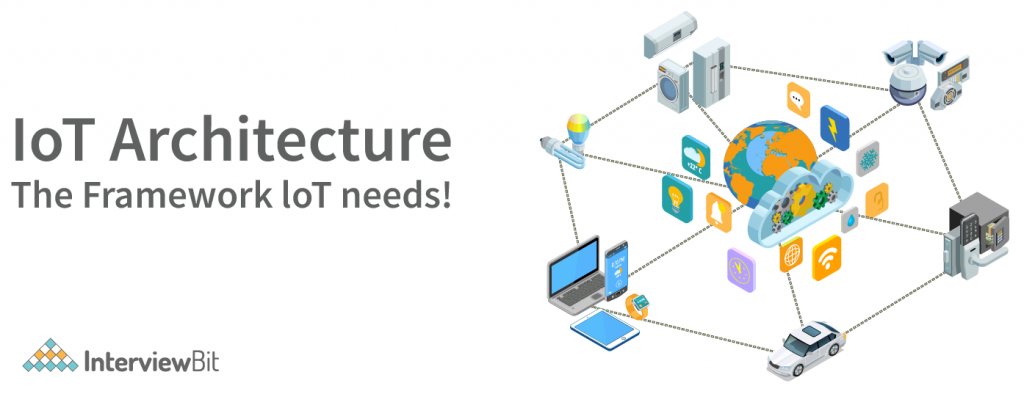
IoT architecture refers to the tangle of components such as sensors, actuators, cloud services, Protocols, and layers that make up IoT networking systems. In general, it is divided into layers that allow administrators to evaluate, monitor, and maintain the integrity of the system. The architecture of IoT is a four-step process through which data flows from devices connected to sensors, through a network, and then through the cloud for processing, analysis, and storage. With further development, the Internet of Things is poised to grow even further, providing users with new and improved experiences.
Different Layers of IoT Architecture
In recent years, IoT technology has grown in popularity and it has a large variety of applications. IoT applications operate according to how they have been designed/developed based on the different application areas. However, there is no standard defined architecture of work that is strictly adhered to across the board. The complexity and number of architectural layers vary according to the specific business task at hand. A four-layer architecture is the standard and most widely accepted format.
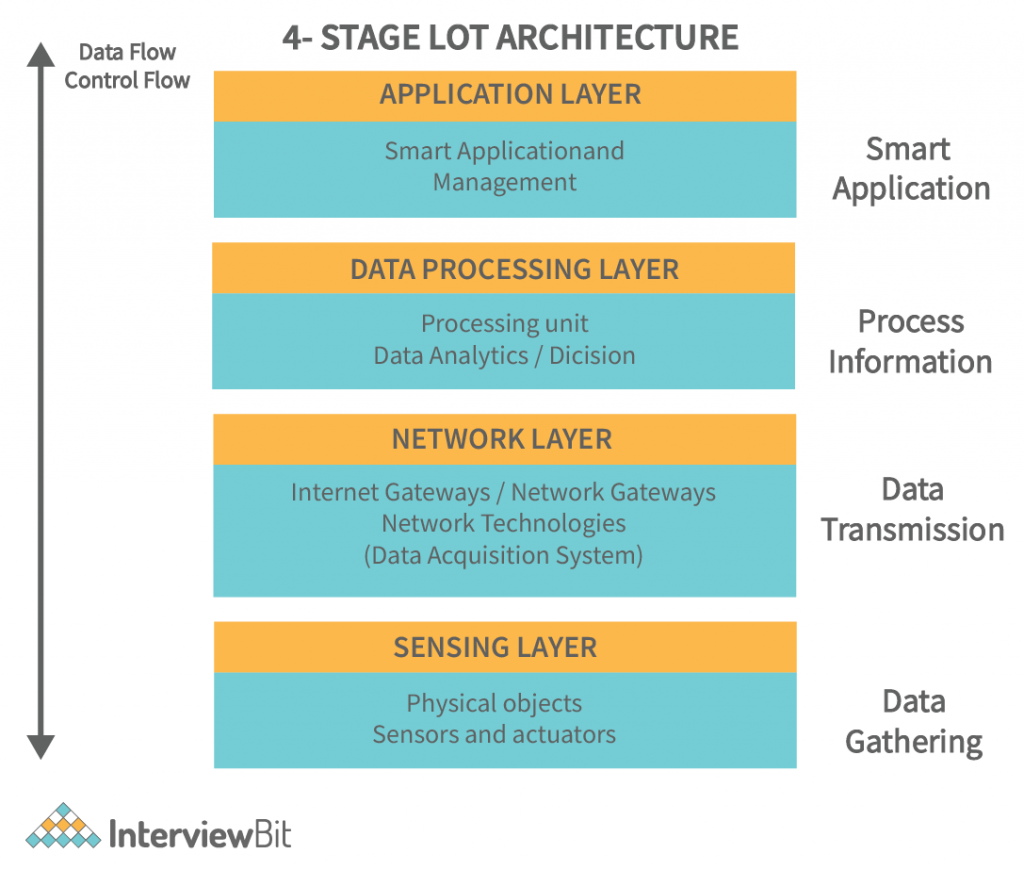
As you can see from the above image, there are four layers present i.e., the Perception Layer, Network Layer, Processing Layer, and Application Layer.
Perception/Sensing Layer
The first layer of any IoT system involves “things” or endpoint devices that serve as a conduit between the physical and the digital worlds. Perception refers to the physical layer, which includes sensors and actuators that are capable of collecting, accepting, and processing data over the network. Sensors and actuators can be connected either wirelessly or via wired connections. The architecture does not limit the scope of its components nor their location.
Network Layer
Network layers provide an overview of how data is moved throughout the application. This layer contains Data Acquiring Systems (DAS) and Internet/Network gateways. A DAS performs data aggregation and conversion functions (collecting and aggregating data from sensors, then converting analog data to digital data, etc.). It is necessary to transmit and process the data collected by the sensor devices. That’s what the network layer does. It allows these devices to connect and communicate with other servers, smart devices, and network devices. As well, it handles all data transmissions for the devices.
Processing Layer
The processing layer is the brain of the IoT ecosystem. Typically, data is analyzed, pre-processed, and stored here before being sent to the data center, where it is accessed by software applications that both monitor and manage the data as well as prepare further actions. This is where Edge IT or edge analytics enters the picture.
Application Layer
User interaction takes place at the application layer, which delivers application-specific services to the user. An example might be a smart home application where users can turn on a coffee maker by tapping a button in an app or a dashboard that shows the status of the devices in a system. There are many ways in which the Internet of Things can be deployed such as smart cities, smart homes, and smart health.
Stages of IoT Solutions Architecture
Having discussed the IoT layers, how can businesses benefit from them and how can they maximize the value of IoT? The Internet of Things (IoT) may refer to connected devices and protocols, but in reality, the data from these devices is siloed, fragmented, and isolated. As such, these fragmented insights alone do not provide enough information to justify an IoT strategy that involves a significant investment of resources. To capitalize on IoT, enterprises must allow devices to interact freely, and they must maximize device and system synergies. You need to ensure your infrastructure supports the IoT architecture. The following are various stages of IoT architecture implementation in enterprises:

- Connected Objects/Devices
As a first step towards IoT architecture, the physical layer must be established within the environment. There would be no Internet of Things without “smart” or connected objects. Typically, these are wireless sensors or actuators in the perception layer.
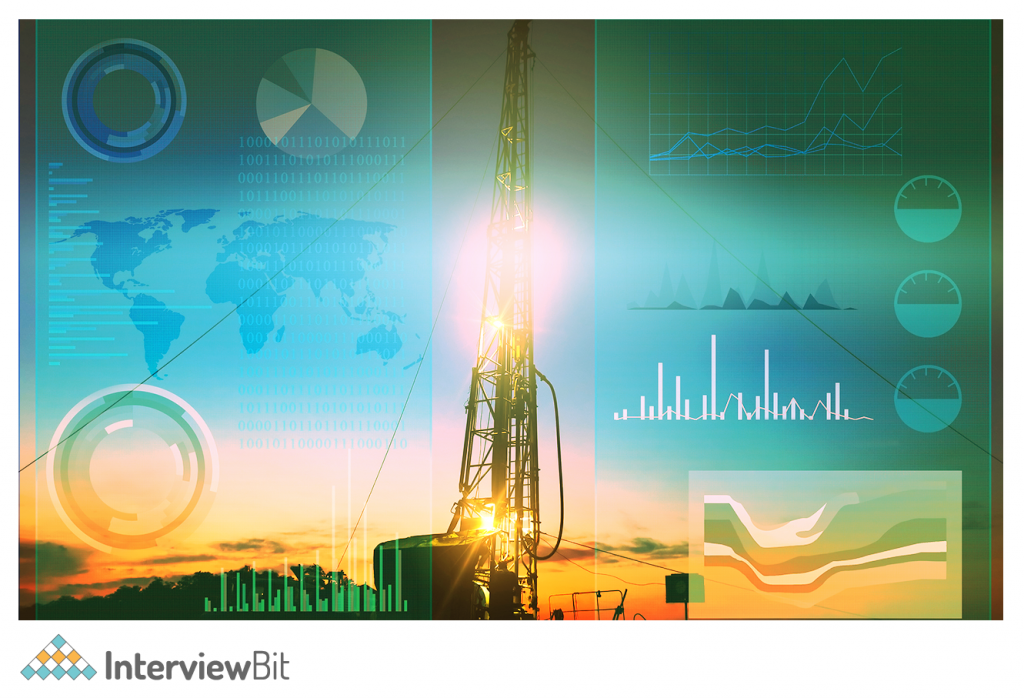
Sensors collect and analyze data from the environment in order to make it usable for further analysis. Actuators are involved in measuring the change recorded by the sensors. It is possible to connect sensors or actuators in a wired or wireless manner in order to perform sensing and actuation. Local Area Networks (LANs) and Personal Area Networks (PANs) can be used for connecting sensors and actuators.
- Internet Gateway
When step one is done properly, the next step that needs to be done is to set up an internet gateway. As the sensors and actuators collect data in analog form, we must have a means of converting the analog data into digital data in order to process it. We use the internet gateway to accomplish this task. In the internet gateway stage, raw data will be received from the devices and pre-processed before being sent to the cloud.
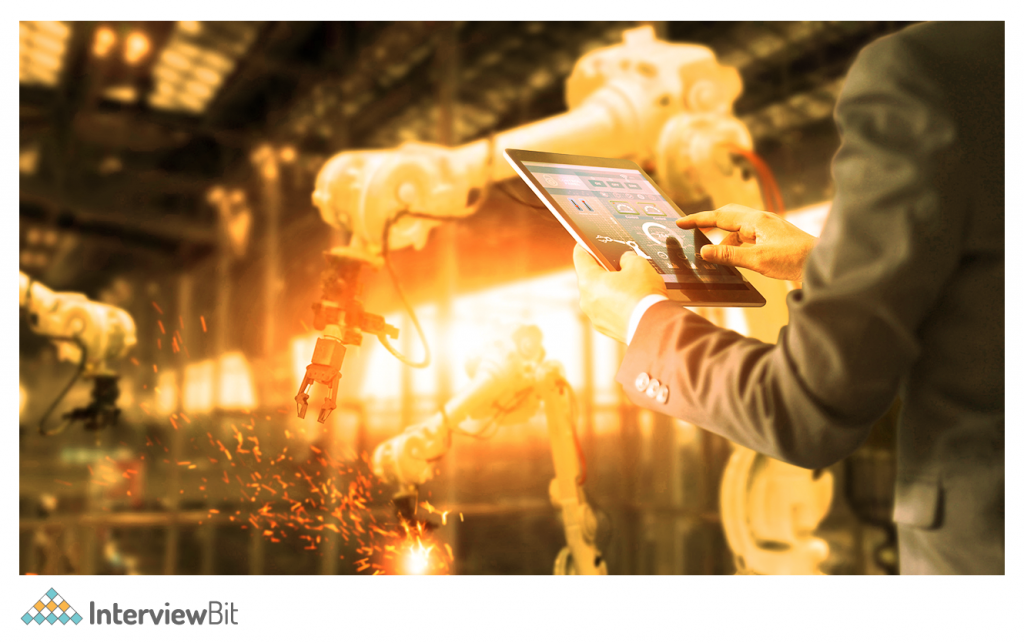
Data Acquisition Systems can be used to convert analog data into digital forms. It connects to the sensors and actuators and gathers all data, converting it to digital form so that it may be routed over the network by the internet gateway. It is responsible for data aggregation and conversion. We can also add additional features, such as analytics and security, to increase performance and efficiency.
- Edge IT Systems
The third stage of an IoT architecture involves pre-processing and enhanced data analytics. In light of the significant amount of data collected by IoT systems and the consequent bandwidth requirements, edge IT systems play a crucial role in reducing the pressure on the core IT infrastructure. Edge IT systems employ machine learning and visualization techniques to generate insights from collected data. Machine learning algorithms provide insights into the data while visualization techniques present the data in an easy-to-understand manner.
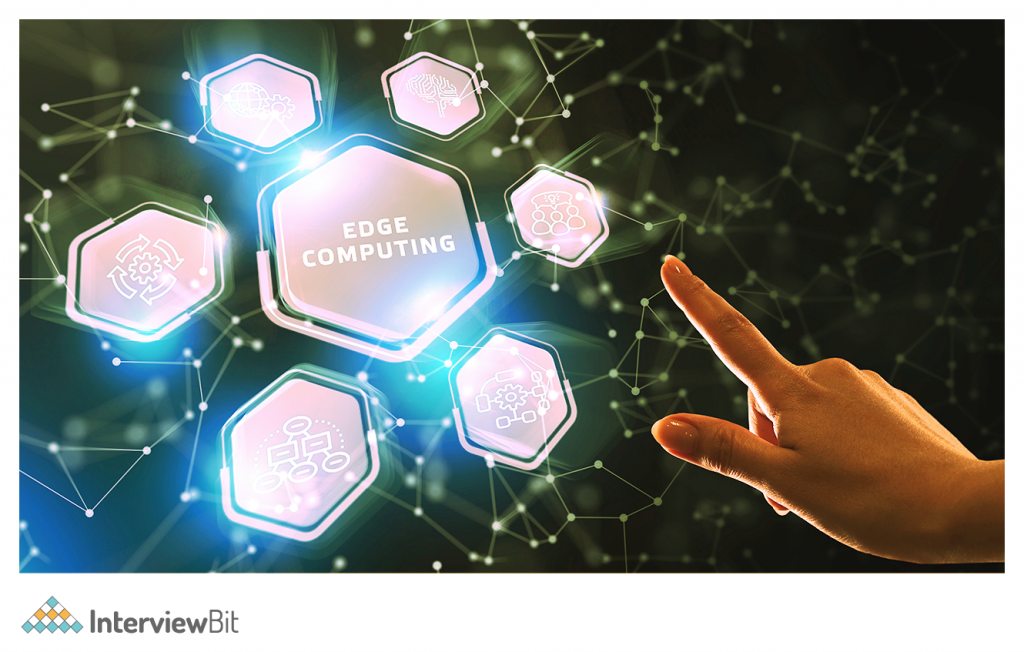
Directly sending data to the server or the data center will cripple the speed of the system, as well as the bandwidth of the LAN or routers. Analog data is generated at an enormous speed and will require a great deal of space. Therefore, it is always recommended to convert the data into digital form. Most of the time, the data collected by sensors and actuators are not valuable to the organization, so only the important data is processed and transmitted to data centers and servers.
- Data Centers and Cloud Storage
After the data has been properly preprocessed and analyzed, and all loopholes have been removed, the data is sent to the data centers and servers for final analysis and reporting. Data Centers and Cloud services fall under the Management Services category and usually process data through analytics, device management, and security controls. Furthermore, the cloud also enables the transfer of data to end-user applications like Healthcare, Retail, Environment, Emergency, Energy, etc.
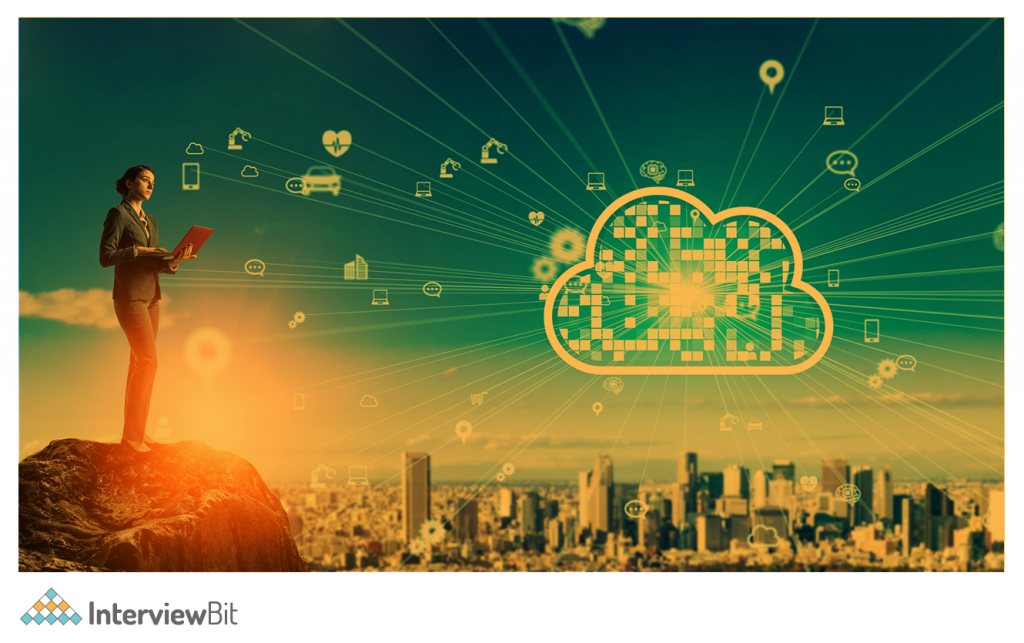
Upon analysis, the data can be sent to cloud-based servers or data centers for final processing. Using the cloud platform can lower hardware costs, but securing data is also a concern. When it comes to physical servers or data centers, they are safer, but they also cost more.
Conclusion
In today’s era, rapid technological advancements are connecting people and things around the globe. In recent years, IoT solutions have become a fixture in our lives. For example, you just tap the screen of your smartphone or say a word and yield an immediate response/results. IoT architecture may vary from project to project, but handling large volumes of data will always be an integral part of any IoT project.
By utilizing technologies such as embedded devices with sensors and actuators, cloud platforms, and internet-based communication, enterprises are able to automate business processes. Big Data analytics will make the insights gleaned from IoT data sets a valuable source of information for enterprises. In the near future, we can expect IoT systems to be deployed in more and more consumer, commercial, industrial, and infrastructure applications. With regards to device connectivity and technology, we are going to witness a whole new ecosystem in the coming years.


